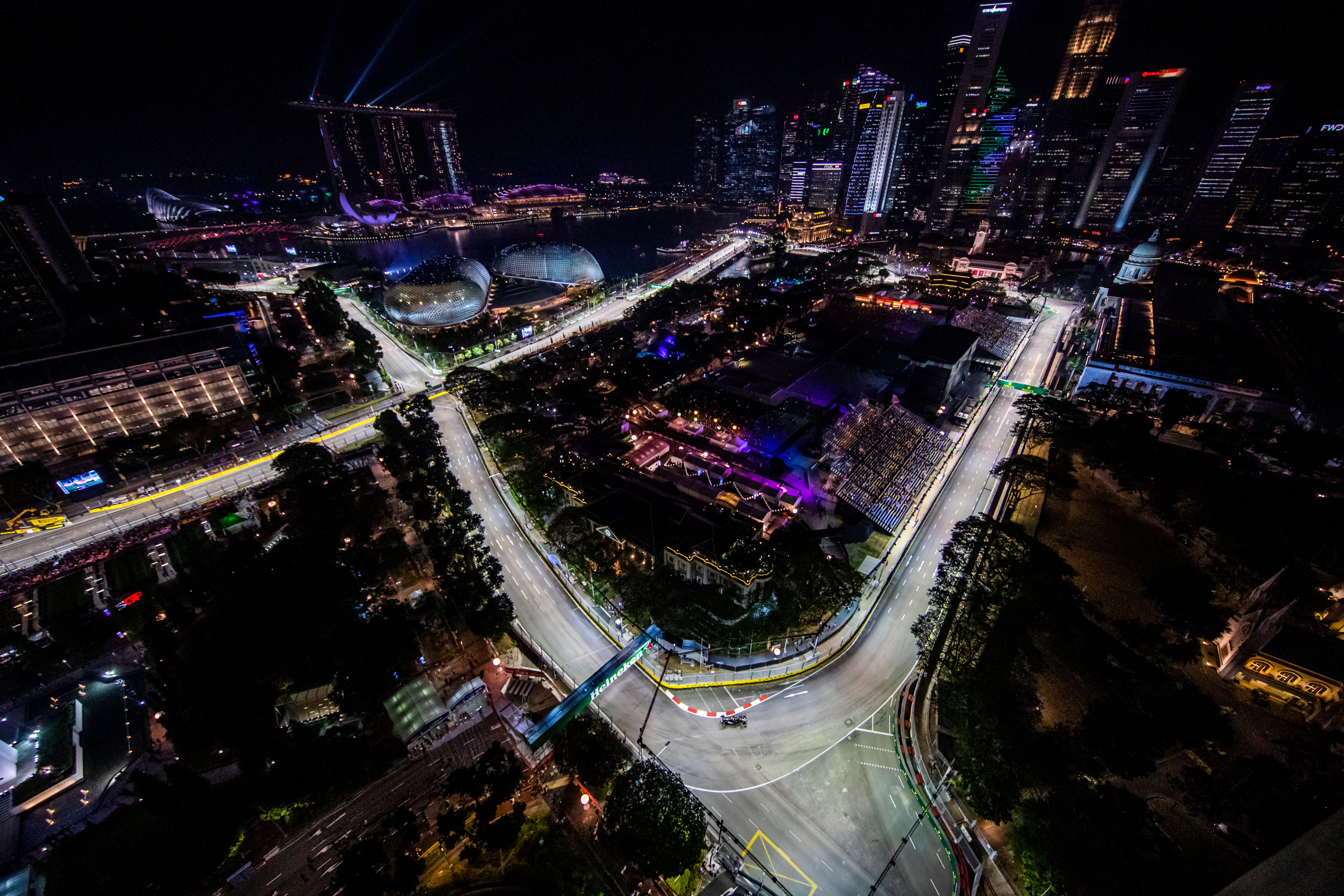F1 announce late change to Singapore Grand Prix track
The 19-turn Marina Bay Street Circuit is notoriously difficult to overtake on so the FIA have made an alteration
Your support helps us to tell the story
From reproductive rights to climate change to Big Tech, The Independent is on the ground when the story is developing. Whether it's investigating the financials of Elon Musk's pro-Trump PAC or producing our latest documentary, 'The A Word', which shines a light on the American women fighting for reproductive rights, we know how important it is to parse out the facts from the messaging.
At such a critical moment in US history, we need reporters on the ground. Your donation allows us to keep sending journalists to speak to both sides of the story.
The Independent is trusted by Americans across the entire political spectrum. And unlike many other quality news outlets, we choose not to lock Americans out of our reporting and analysis with paywalls. We believe quality journalism should be available to everyone, paid for by those who can afford it.
Your support makes all the difference.The FIA have added a fourth DRS zone to the Marina Bay Street Circuit in an attempt to aid overtaking at this weekend’s Singapore Grand Prix.
The race in the city-state sees limited overtaking opportunities, with its tight, street circuit layout often resulting in ‘trains’ of cars throughout the race.
Last year in particular saw the leading four cars right behind one another with overtaking near-impossible, as Carlos Sainz claimed the only non-Red Bull victory of 2023.
As a result, F1’s governing body have added a DRS zone after turn 14, in a kink-straight down to turn 16.
It means a driver within one second of the car in front will have a double helping of DRS, with the rear-wing already open in the straight between turns 13 and 14.
DRS – which stands for Drag Reduction System – gives cars within one second of the car in front a speed boost, opening the adjustable rear wing which reduces drag.

The amount of extra speed varies depending on wind speed, the length of the straight and local conditions. However, it tends to give cars an extra 15 km/h (9mph) of top speed.
It was introduced in 2011 to aid overtaking but will be removed from the next generation of F1 cars in 2026, instead replaced by an “active aerodynamics” system.
Sainz won last year’s race under the lights in Singapore, with Lando Norris taking second and Lewis Hamilton in third following George Russell’s late crash.
Norris trails championship leader Max Verstappen by 59 points heading into this weekend.




Join our commenting forum
Join thought-provoking conversations, follow other Independent readers and see their replies
Comments